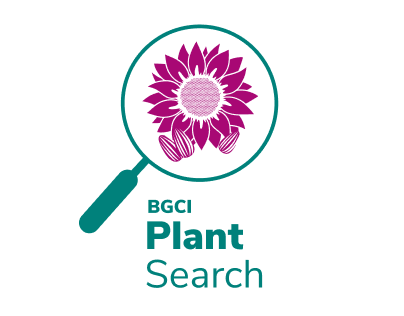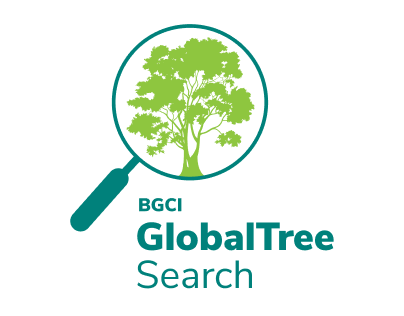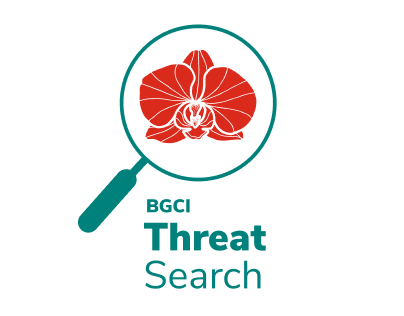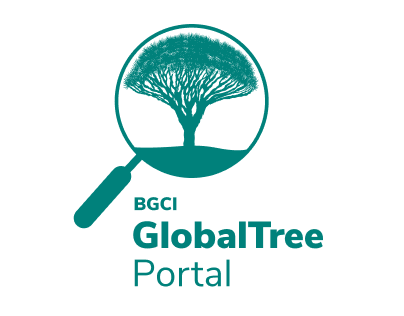Conservation Action Tracker
BGCI’s Conservation Action Tracker provides information on conservation actions for tree species. The tracker form allows practitioners to provide information for species that they are working on, or species that they know are under conservation action. The Conservation Action Tracker aims to facilitate connections between organisations working on threatened trees within the same genera, and threatened trees within the same country, as well as identify gaps in tree species conservation, i.e. which threatened tree species are not currently under active conservation and should be priorities for conservation.
If you would like to submit information for multiple species to the Conservation Action Tracker, then please fill out this form and send to globaltrees@bgci.org. For single species, please fill out the form below.
Share
Become a Member
Be part of the largest network of botanic gardens and plant conservation experts in the world by joining BGCI today!
Support BGCI
You can support our plant conservation efforts by sponsoring membership for small botanic gardens, contributing to the Global Botanic Garden Fund, and more!





